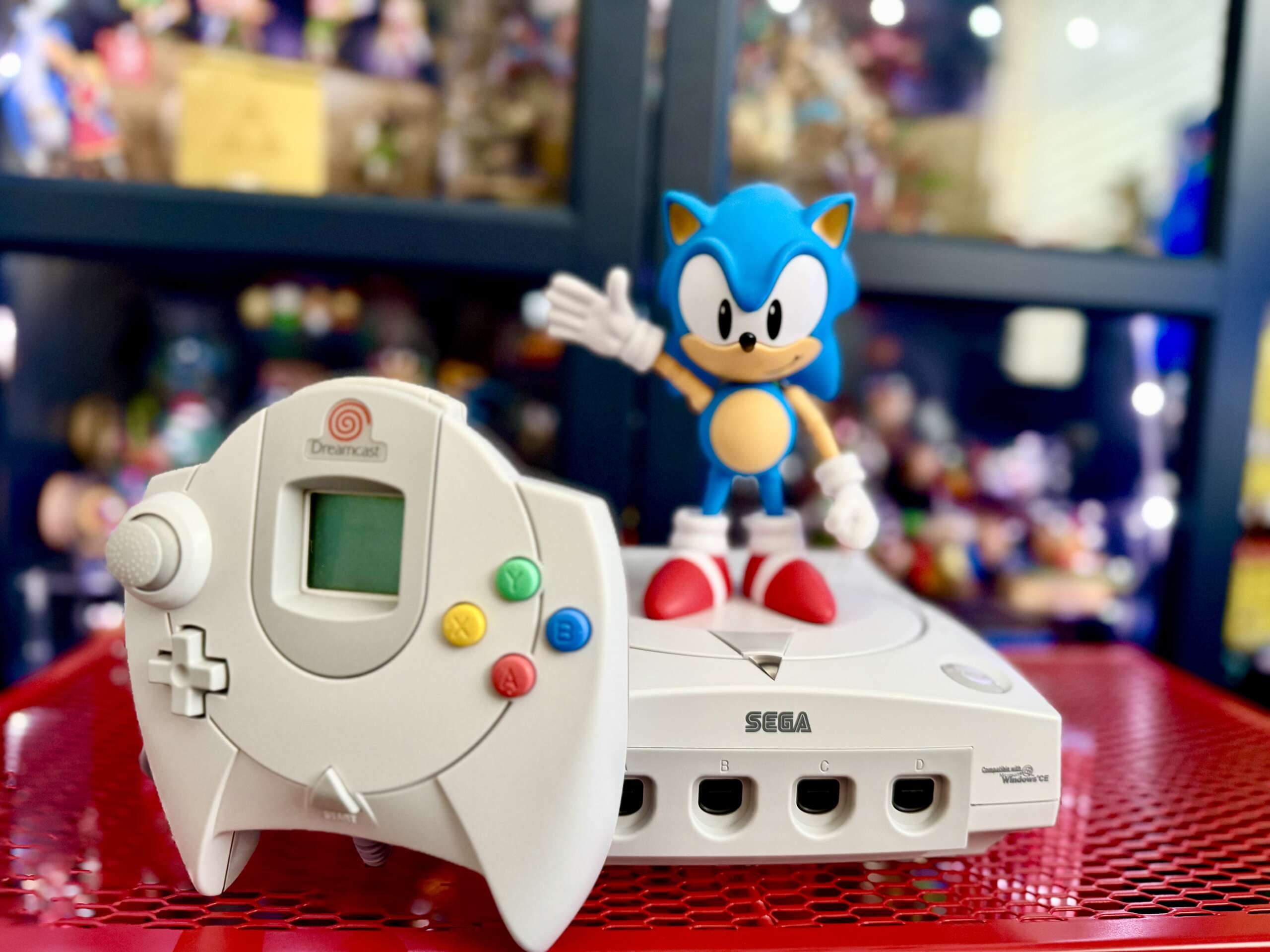The Golden Era of Gaming
The gaming industry has evolved tremendously over the years, but not all changes have been for the better. While technological advancements have allowed for breathtaking visuals, expansive open worlds, and highly detailed character performances, these improvements often come at a cost—one that diminishes the essence of what makes games fun to play.
The 6th console generation (PS2, Xbox, GameCube, Dreamcast) represented a golden era of game design. It was a time when developers focused on gameplay depth, creativity, and player agency rather than treating games like interactive movies. This era prioritized mechanics over cinematics, challenge over handholding, and replayability over bloated content.
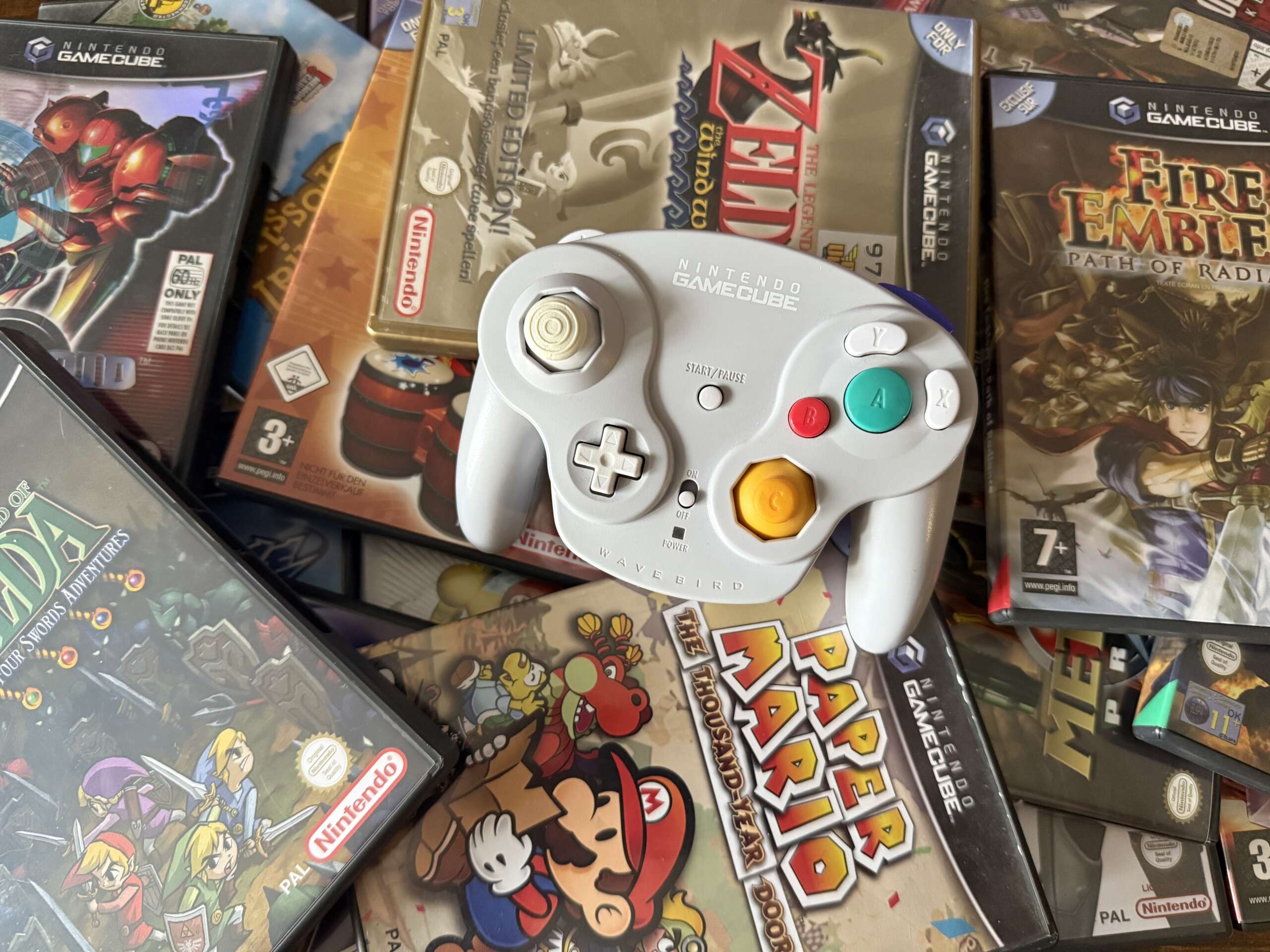
However, as budgets grew and gaming became more mainstream, publishers started chasing trends that prioritized cinematic presentation and monetization over strong, refined gameplay systems. Many modern games feel soulless, following a formula dictated by executive-driven decisions rather than passionate game design.
This article will explore why we need to return to 6th-gen design philosophies and highlight games that still carry these values today.
Give me unique gameplay. I can figure out the story
One of the worst trends in modern gaming is the obsession with cinematics. Storytelling isn’t the problem—it’s the way games prioritize cutscenes over actual gameplay. The 6th gen did it right. The Legend of Zelda: Wind Waker, Resident Evil 4, Metal Gear Solid 3, and Shenmue—these games told incredible stories, but through gameplay, not endless scripted sequences. These titles combined high-quality, meaningful cinematics with the right duration—MGS3 being a perfect example of balancing great storytelling through both gameplay and cutscenes.
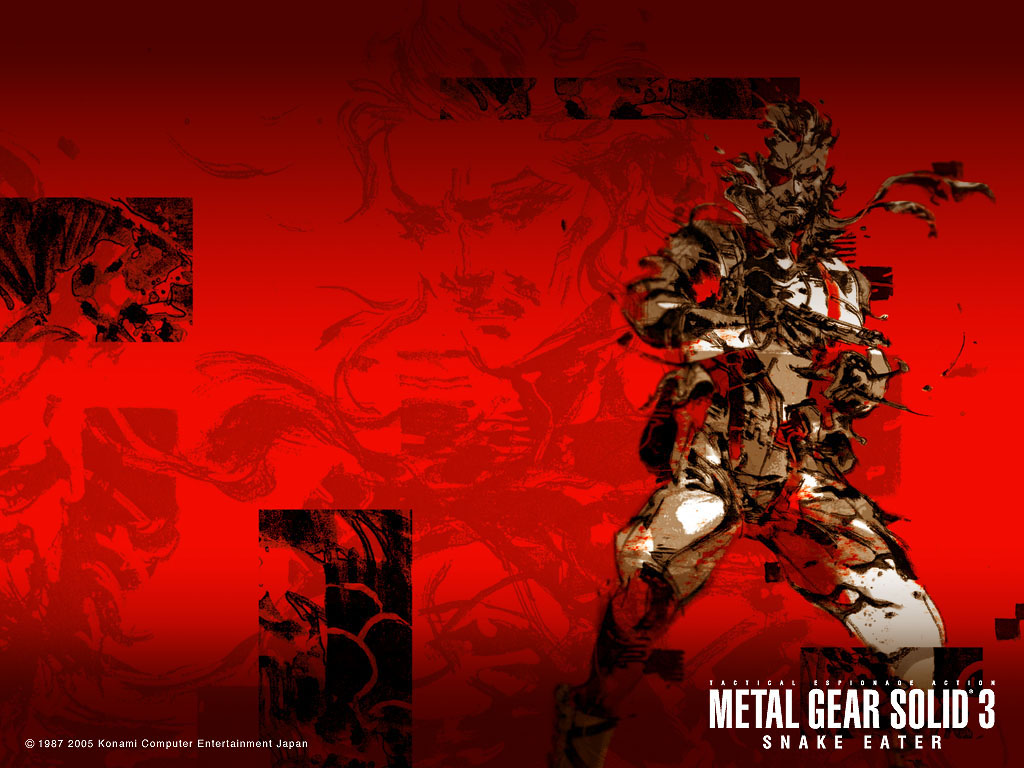
Modern AAA games? Many of them allow you gameplay, but the focus on cinematics and high-budget production values overshadows meaningful gameplay and content improvements. Games like Horizon Zero Dawn, Marvel’s Spider-Man 2, and Final Fantasy XVI show that developers prioritize cinematic sequences, but this often comes at the expense of refining core gameplay mechanics and content. While these games might offer some fun moments, their gameplay rarely evolves beyond what we’ve already seen, and the budget is spent on big-name actors, voice performances, and flashy cutscenes, rather than improving the player experience. Walking slowly while characters talk, quick-time events pretending to be gameplay, and unskippable cutscenes that break immersion only reinforce this imbalance. While there’s certainly a place for storytelling, when it dominates the experience at the cost of deep gameplay mechanics, it risks making the game feel more like an interactive movie than a truly engaging experience.
Games that still do it right? Bloodborne, Elden Ring, Super Mario Odyssey, Astro Bot, The Legend of Zelda: Tears of the Kingdom, and Baldur’s Gate 3 continue to focus on core gameplay mechanics and reward player mastery without relying on endless cinematics. These titles understand that gameplay is king and allow players to uncover the story naturally rather than force-feeding it to them.
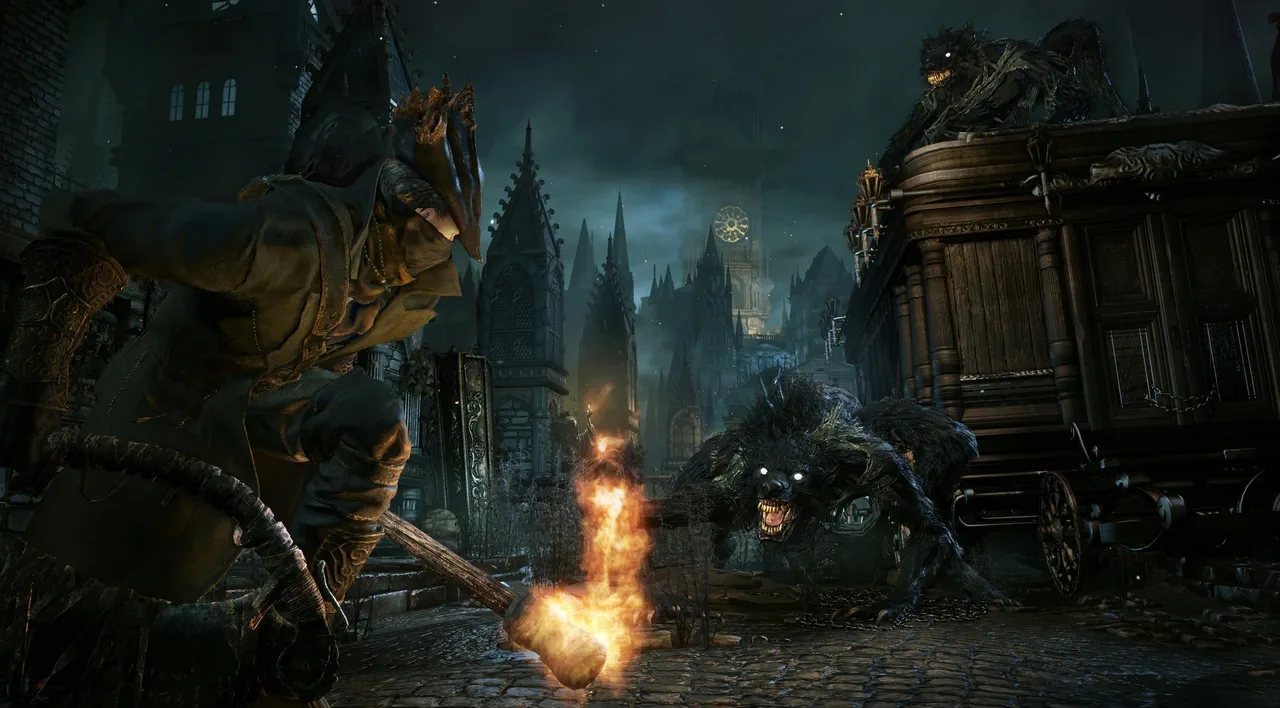
Let Us Explore The Map
Back in the day, games didn’t treat players like idiots. They threw you into the world and let you figure things out. Metroid Prime, The Legend of Zelda: Windwaker, Shenmue—these games trusted you. No giant markers telling you exactly where to go. No endless tutorial pop-ups breaking immersion. You experimented, learned from failure, and the reward was actual mastery.
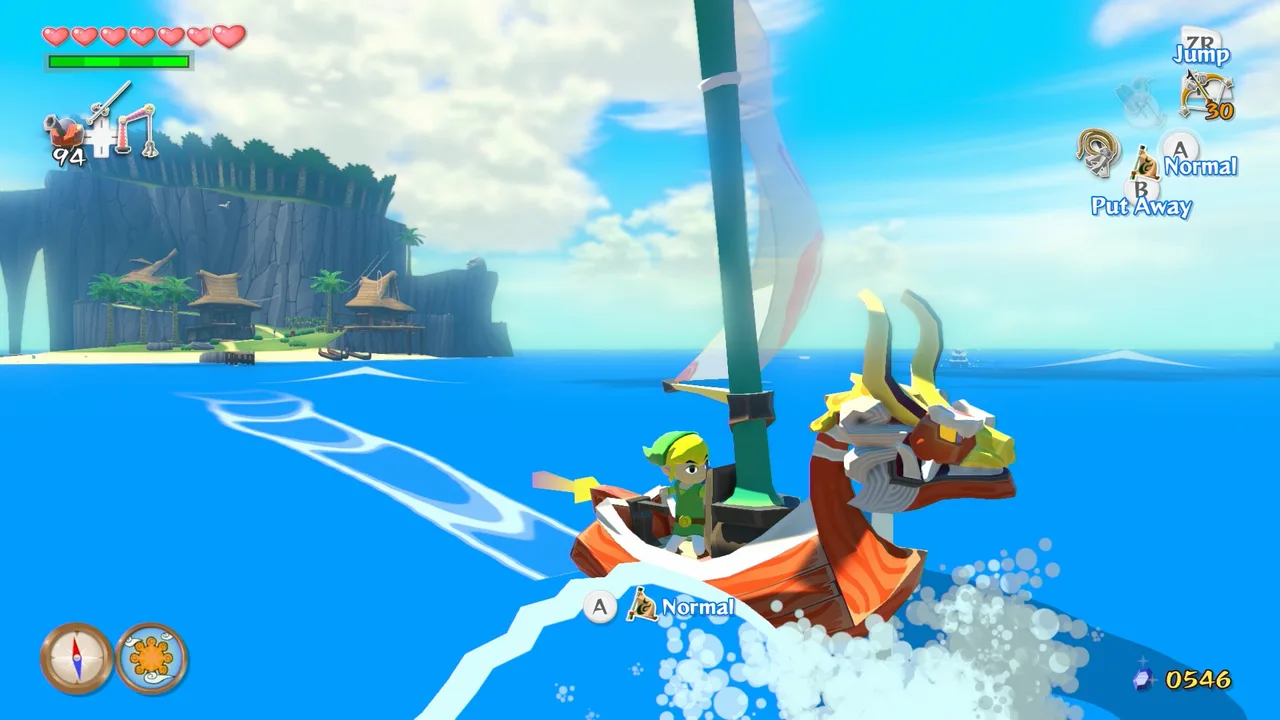
Now? Everything in Western games is designed for maximum accessibility. Every mission has a giant waypoint. Every puzzle has hints shoved in your face before you even try. Every combat encounter feels the same because developers are afraid to let players struggle. Ubisoft open-world games like Assassin’s Creed, Far Cry, have turned gaming into glorified checklist simulators. These games seem to forget that challenge, discovery, and a sense of reward through player initiative are integral to making gaming fun.
Meanwhile, Breath of the Wild proved that people crave real exploration. No forced objectives. No handholding. Just you, a world, and the freedom to interact with it however you want. It’s proof that games can still respect the player’s intelligence and curiosity, and more titles need to embrace this approach instead of following the Western Ubisoft formula to death.
Where Did They Spend The Budget?
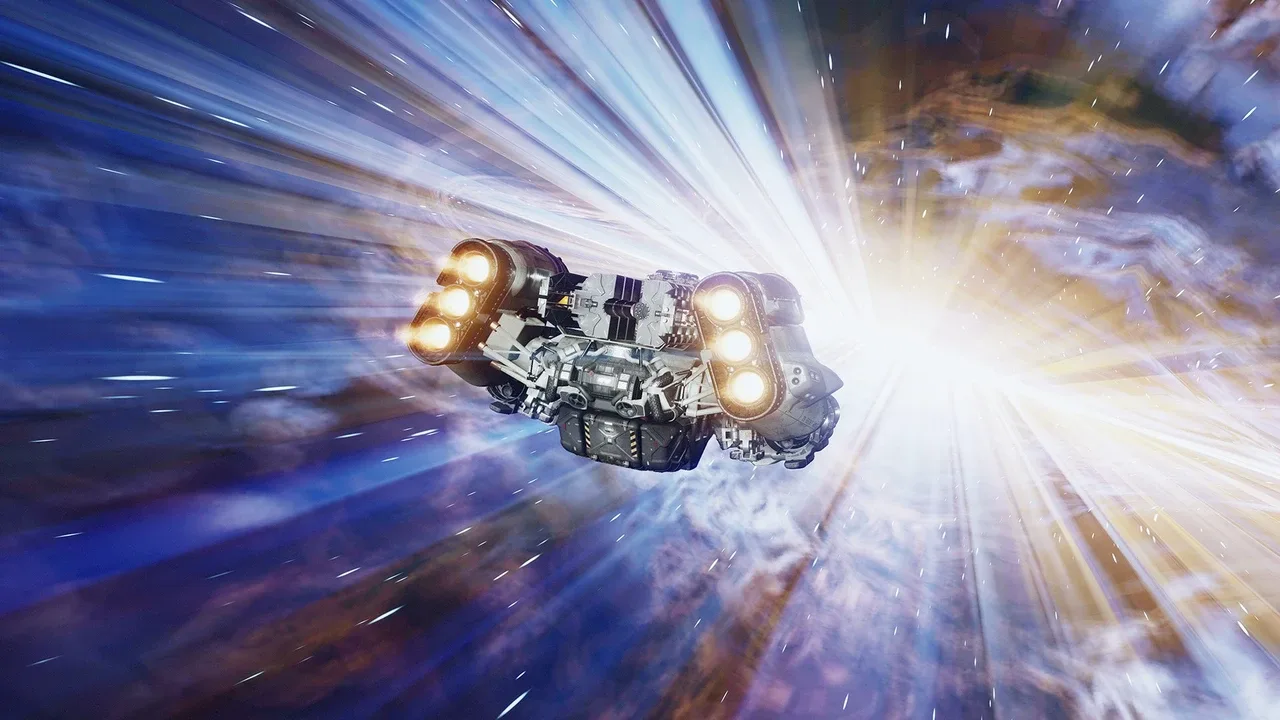
Game budgets have reached absurd levels, and much of that money isn’t going toward actual gameplay improvements. Instead, millions are spent on:
- Hollywood-level voice acting and motion capture
- Expensive licensed music and celebrity collaborations
- Endless cutscene animations that don’t add to gameplay
- Open-world bloat that exists only to justify bigger maps
These bloated expenses don’t always translate into better games. In fact, many big-budget titles like Starfield, Dragon Age: Veilguard, and Horizon: Forbidden West suffer from soulless, formulaic design, where the focus is on checking corporate boxes rather than delivering something fresh and engaging.
Smaller-budget games like Shovel Knight, Celeste, and Hades prove that you don’t need a $200 million budget to make a great game. Meanwhile, larger-budget titles like Red Dead Redemption 2, Batman: Arkham Knight, The Witcher 3: Wild Hunt, and Super Mario Odyssey demonstrate that it is possible to achieve both creativity and quality without relying on cinematic overload. These games focus on delivering rich gameplay experiences and leaving room for player discovery, rather than spending huge sums on voice actors and cinematic sequences.

Red Dead Redemption 2 is a great example of how increased budgets can lead to a more immersive world with meaningful gameplay improvements. Its massive budget was invested in creating an open world that feels alive and dynamic, with systems that allow for player agency. Similarly, Batman: Arkham Knight used its increased budget to refine its combat mechanics and world-building, making sure the gameplay experience felt as good as the story it told.
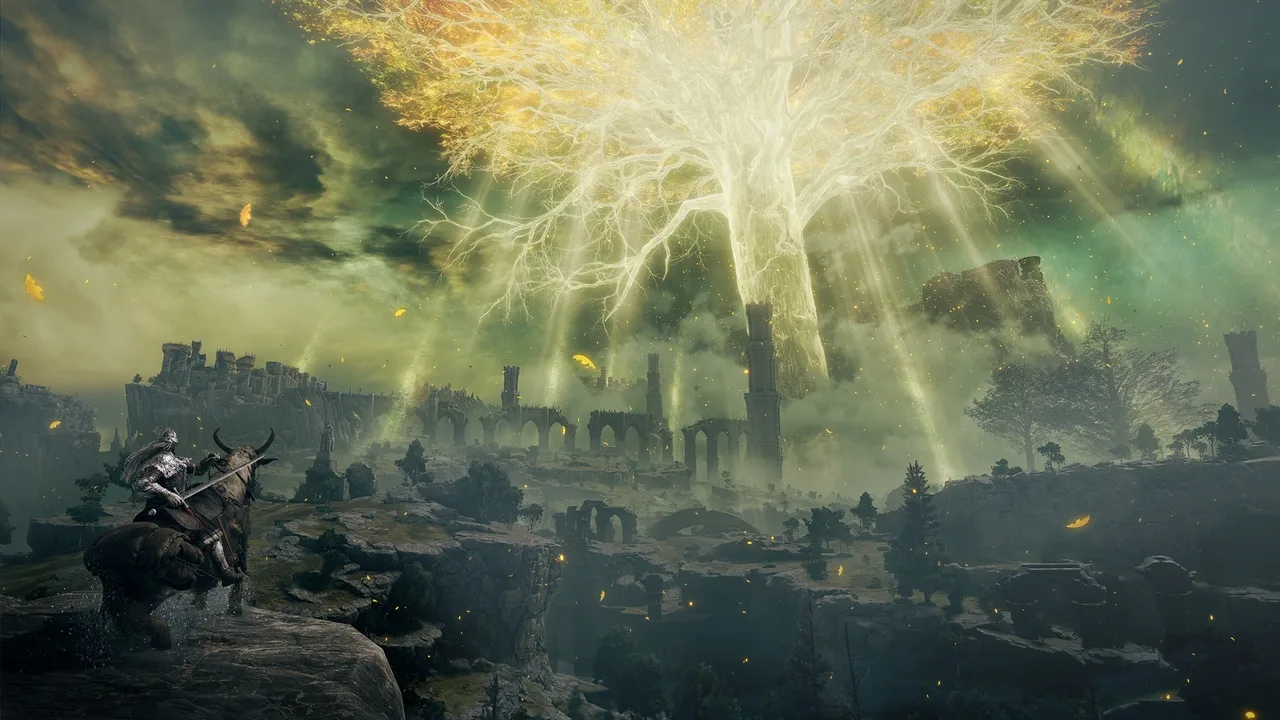
These are prime examples of how, with the right balance of budget, creativity, and gameplay innovation, developers can create unforgettable experiences that stick with players far longer than any cutscene or expensive voice actor.
I Own My Optimized Games!

One of the most overlooked aspects of 6th-generation gaming was the simplicity and reliability of owning a physical copy of a game. While digital downloads and day-one patches have become the norm in modern gaming, physical copies provided a sense of permanence and satisfaction. You bought a game, and it was yours—no worrying about server outages, updates, or losing access to your purchase. It’s an aspect of gaming that’s lost its value in today’s market, where digital ownership often comes with the risk of being locked out of your purchases.
There’s something inherently satisfying about the simplicity of playing a game from a disc, with no need for constant patches, updates, or downloads. If you wanted to play a game, you inserted the disc, and it worked. The game was optimized from the start, with little need for the massive post-launch updates we see today. Compare that to Horizon Forbidden West or Starfield, where players are expected to download enormous updates day one—sometimes making the game unplayable for hours or even days. Many modern games are bloated with features that can only be experienced after these updates are completed. In contrast, titles like Super Mario Odyssey or Red Dead Redemption 2 didn’t require excessive post-launch fixes to offer a complete experience at release.

Additionally, physical game ownership allows for a better relationship between the player and the product. You’re able to sell, trade, or share games easily. When games are digital-only, it limits what the player can do with their purchase, and in some cases, they are even at the mercy of the platform holder when it comes to the future of their collection.
Why 6th- Gen Trends Matter?
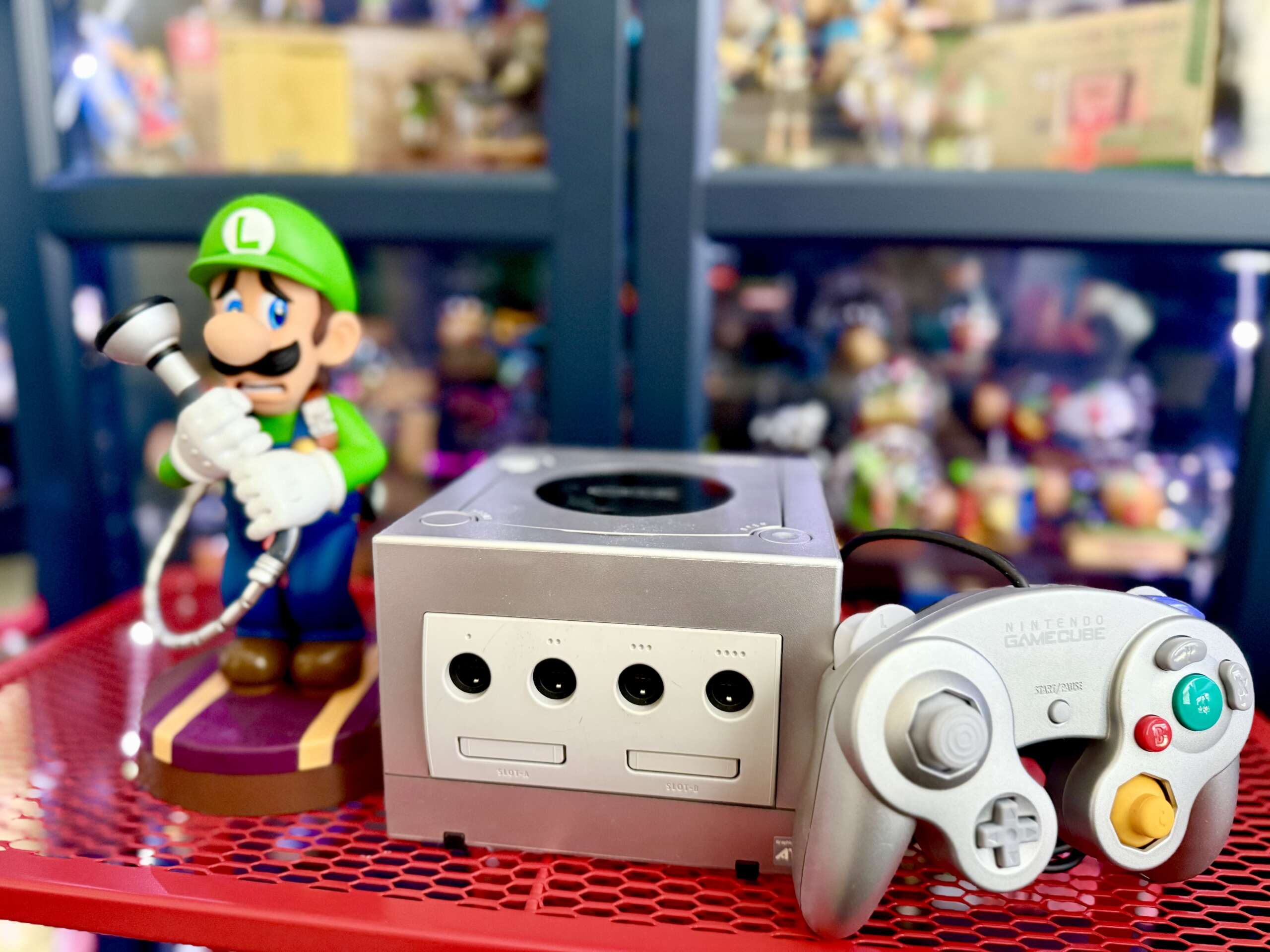
Bringing back 6th-gen game design isn’t just about nostalgia—it’s about fixing core industry problems that impact both developers and players.
For Developers:
- Lower budgets mean less financial risk and more creative freedom.
- Focused game design leads to better pacing and tighter mechanics.
- Games can be finished in a reasonable timeframe rather than taking 7+ years.
For Players:
- Less reliance on day-one patches and constant updates.
- More polished, complete games at launch instead of unfinished, live-service models.
- Greater gameplay variety rather than formulaic, cinematic experiences.
- The simplicity of physical game ownership and optimized, immediately playable games.
When we look at modern games that succeed (Elden Ring, Super Mario Odyssey, Dragon Quest XI, Metal Gear Solid V), they all have one thing in common: they put gameplay first. Meanwhile, failures like Avowed, Starfield, and Marvel’s Spider-Man 2 suffer from the same soulless, over-designed pitfalls of modern AAA gaming.
A Call for a New Era
Gaming is at a crossroads. We can continue down the path of expensive, risk-averse, cinematic-driven mediocrity, or we can return to what made gaming special in the first place—bold, creative gameplay that values player agency.
The 6th generation proved that games don’t need to be bloated blockbusters to be unforgettable. If the industry refocuses on gameplay-first design, we can usher in a new golden era of gaming—one that values mechanics over cutscenes, creativity over corporate mandates, and fun over financial bloat. And let’s not forget: physical copies, optimized experiences at launch, and games that don’t rely on constant updates will enhance the joy of gaming even more.
It’s time to bring back what made games great.
